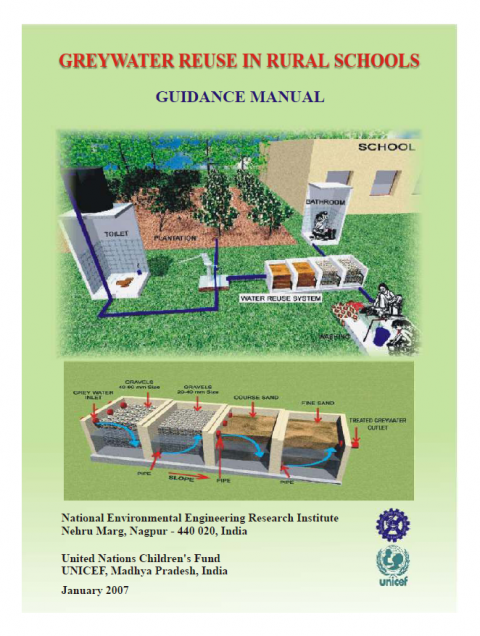
Published in: 2007
Publisher:
National Environmental Engineering Research Institute (NEERI), UNICEF
Author:
Devotta, S. et al.
Uploaded by:
SuSanA secretariat
Partner profile:
common upload
8663 Views
249 Downloads
Location of library entry
Content - Summary
India is facing a water crisis and by 2025 it is estimated that India's population will be suffering from severe water scarcity. Although India occupies only 3.29 million km2 geographical area which forms 2.4% of the worlds land area, it supports over 15% of world's population with only 4% of the world's water resources. With increased population growth and
development, there is a need to critically look at alternative approaches to ensure water availability. Conventional groundwater and surface water sources are becoming increasingly vulnerable to anthropogenic, industrial and natural pollution. Groundwater sources are being over extracted, resulting in leaching of fluorides and nitrates. Surface water bodies are
becoming susceptible to unregulated industrial discharge resulting in increased eutrophication and algal blooms. To resolve the problem, there is a need to look for alternative water resources. These include rainwater harvesting, wastewater reuse and desalination. Concerns over desalination include mineral decomposition of potable water and limited inland availability. Additionally, limitations of rainwater harvesting include the quantity and quality that may be available, given the increased threats of global warming and air pollution.
Bibliographic information
Devotta, S. et al. (2007). Greywater Reuse in Rural Schools - Guidance Manual. National Environmental Engineering Research Institute (NEERI), UNICEF
Filter tags
Constructed wetlands East Asia & Pacific English Greywater or wastewater Guidelines and manuals Rural Schools















